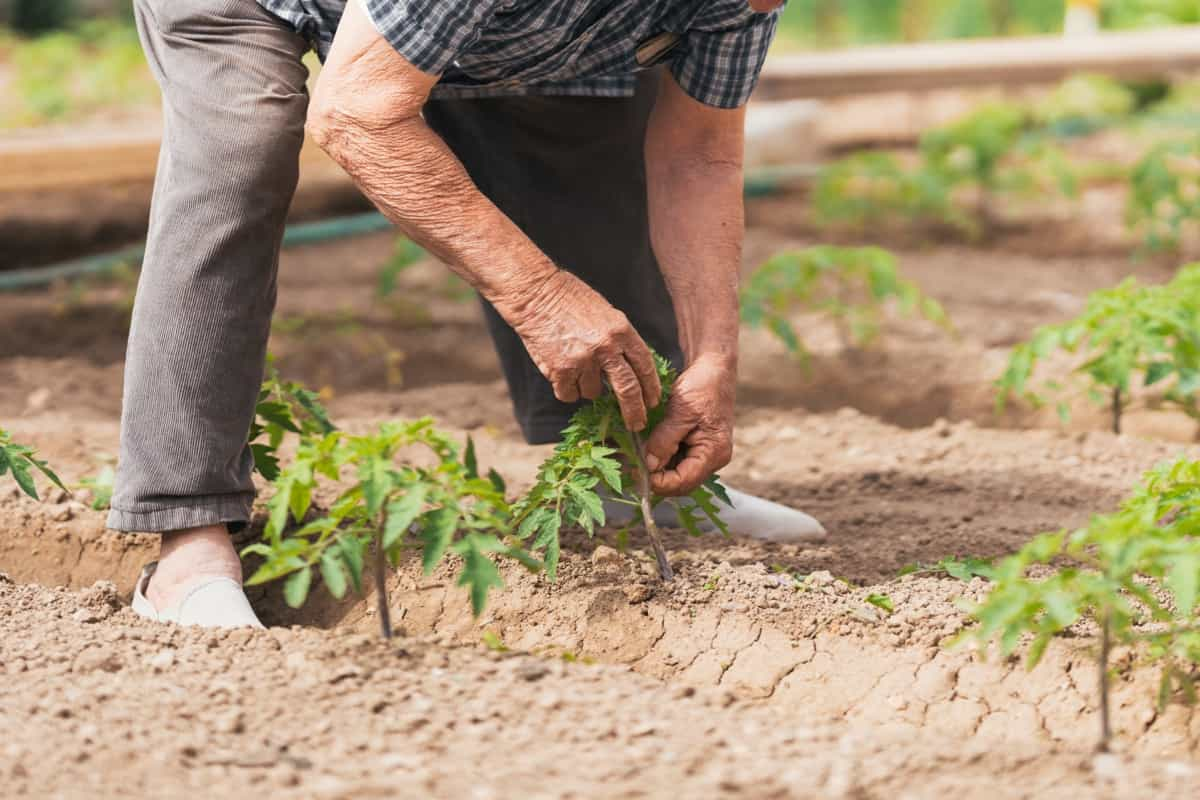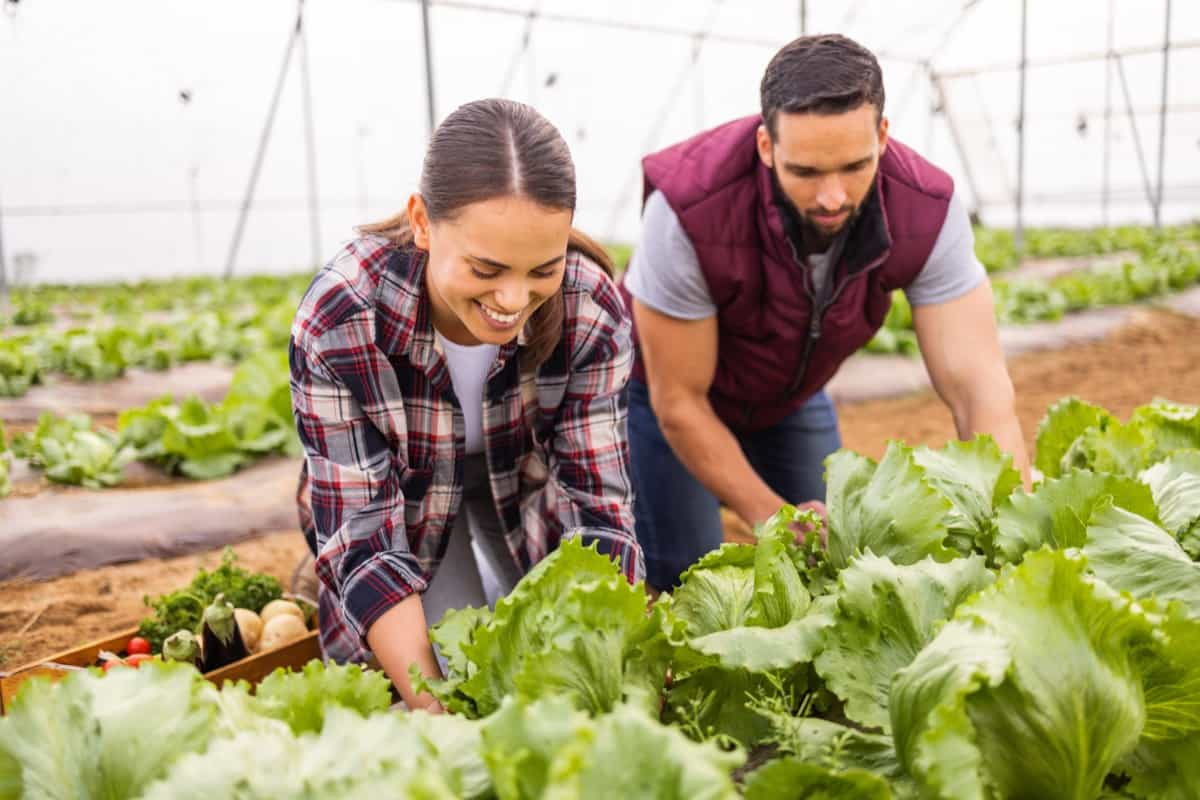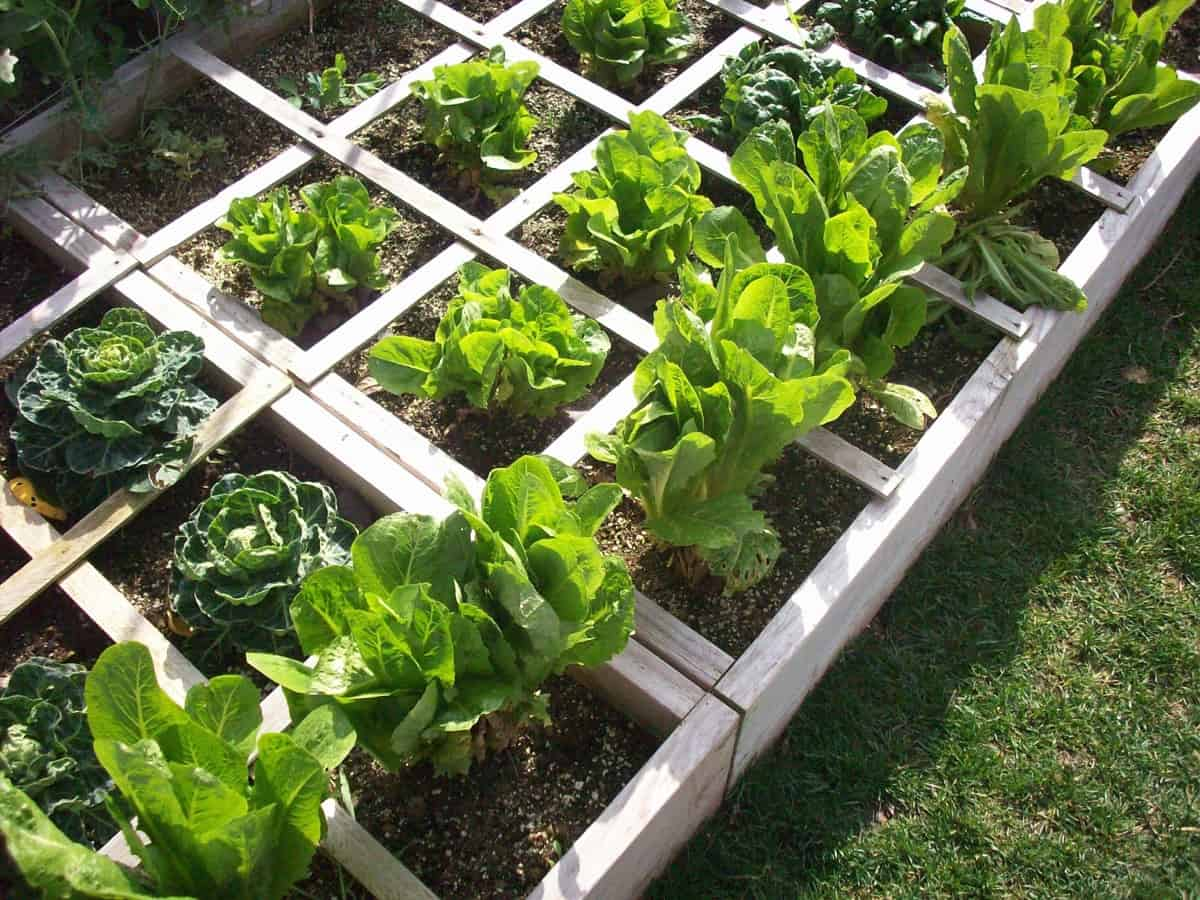Gardening is one of many sectors of everyday life that are concerned about sustainability. Many people have started thinking about how they can be more sustainable in recent years to help the planet as a whole. Most people don’t realize that maintaining your garden spaces thoughtfully is one of the easiest ways to be more sustainable.

A sustainable garden, or regenerative or eco gardening, means growing plants in a way that does not harm the environment or biodiversity. A sustainable garden improves soil health and contributes to a more vibrant backyard ecosystem.
Guide to Sustainable Gardening
Remove Unnecessary Concrete and Increase Your Garden Space
- Concrete makes it difficult to make the most of your space.
- You can still place plants on top of concrete if you can’t remove it entirely. It is not a good idea to bury the concrete slab with soil.
- Alternatively, container gardening can create an eco-friendly garden in pots, old bathtubs, and other containers.
Choose Sustainable Plant Pots
- Choosing sustainable plant pots is a great way to maintain an eco-friendly feel. In other words, choose planters made of wood, cork, bamboo, recycled plastic, or another sustainable material.
- Additionally, you should choose pots large enough to accommodate your plants so you can reuse them for many years.
- Another option is to use grow bags. Specifically designed for gardening, these non-woven fabric bags provide adequate drainage and ventilation.
- Furthermore, they are inexpensive, reusable, and fold flat for easy storage when not in use.
Eliminating the Usage of Peat Moss
- Due to its lightweight, low cost, and ability to keep moisture and aerate, peat moss has been used as a soil amendment for years. It was discovered that harvesting and using peat moss freely in the garden might do more harm than good.
- A lot of soil carbon is stored in peatlands, where peat moss grows. When you remove peat moss from peatlands, you release loads of carbon back into the atmosphere. Additionally, you are disrupting an ecosystem that supports a variety of plants, insects, and birds.
- Peat moss takes hundreds of years to grow back. As a result, it is being harvested faster than it can regenerate. Technically, this makes it non-renewable.
- As with coconut coir, rice hulls, and manure, compost can be a sustainable soil amendment instead of peat moss.
Plant Selection
- Choose drought-tolerant plants instead of those that need a lot of water. Native plants may be a good choice.
- Choose plants that perform well in your area and have few problems.
- You can promote diversity in your yard and garden by planting various plants. Plant various plants that can provide a habitat for beneficial insects and reduce damage caused by periodic diseases. As a result, you are also contributing to preserving genetic diversity.
- It is best to avoid planting invasive plants.
Create a More Resourceful Garden Design
- Reduce summer energy costs by placing trees that shade your home and help cool it. Warm winter rays can still be obtained by selecting deciduous trees.
- Reduce winter heating costs by planting a windbreak.
- New construction might benefit from a green roof.
- Encourage the preservation of native plant corridors in your area.
- Using rain gardens, bioswales, and rock dams to manage stormwater is an effective way to manage rainwater.
Conserve Your Water Usage and Minimize Water Runoff
- The use of drip irrigation or soaker hoses results in less water loss due to evaporation than oscillating sprinklers.
- Position watering devices to prevent water from falling into storm gutters, walkways, or on streets.
- Maintain a moist soil by mulching beds
- Rain barrels can be used to collect rainwater for watering plants.
- Developing a rain garden or swale is a good way to prevent runoff and retain water in the soil.
- Build a cistern to collect water for plants, wash clothes, bathing, and other non-potable uses.
- Investigate whether your area uses gray water.
- Remove hard surfaces in your landscape so water can percolate into the soil instead of running off into storm gutters. If necessary, replace the surface with a porous one.
- Rainscaping is an important part of stormwater management.
In case you missed it: Zero Waste Gardening Tips: Explained in 10 Simple Steps

Correctly Water Your Plants
- A sustainable garden should be watered by soaking six to eight inches of deep soil. In this way, roots are encouraged to burrow down to find moisture, developing a stronger and deeper root system that can withstand droughts more easily.
- Soaking the soil decreases the disease risk by keeping the plant foliage dry. Do not over-water, however, as too much water can kill plants. It prevents the roots from getting air. It’s a waste of water.
- It depends on several factors like the type of plant, the type of soil, the season, the location, the climate, and how often you water your garden.
- Washing off your driveway, deck, or walkway with the hose is not recommended. Use a broom or an electric blower instead.
Reduce the Use of Fossil-Fuel Energy
- Take some time to dig by hand and pull weeds by hand. Compared to chemical sprays, this is often more effective for sustainable gardening.
- Make sure landscape lighting is only added where it is needed. In addition, solar-powered lights or compact fluorescent bulbs should be used when possible. Furthermore, low-voltage lighting uses less electricity and is safer for outdoor use.
- Use LED lights instead of traditional holiday lights that use much energy.
Deal With Waste in a More Efficient Way
- Creating a compost pile can return valuable plant material to your garden’s soil.
- Plant-based garden waste should not be disposed of in landfills. Support your local waste recycling program for materials you cannot compost and use in your yard.
- Your garden can benefit from reusing plastic, clay, and other pots. Avoid dumping them in landfills. Send plastic pots to recycling when they’ve served their purpose.
- Using an electric chipper-shredder for light work produces less air pollution than a gas-powered one.
Cut Out Pesticides
- If you want to practice sustainable gardening, you should completely eliminate pesticides; their overuse has caused a catastrophic decline in insect populations.
- This has disastrous consequences for the animals that feed on them and our ecosystems, providing us with clean air, water, and food.
- Botanical poisons may be considered instead of synthetic chemicals. You can find neem oil and food-grade diatomaceous earth (DE) in gardening shops and nurseries.
- Instead, grow mutually beneficial crops together as companion planting, a natural pest control method.
- For example, French marigolds emit a strong smell that repels greenflies and blackflies, making them excellent companions for tomatoes, beans, and sweetcorn.
- In addition, carrots and leeks are a good pairing: leeks repel carrot flies, and carrots repel leek moths.
In case you missed it: How to Grow Bougainvillea from Cuttings: Planting Explained in Simple Steps

Conclusion
Practicing sustainability in your yard and garden is the right thing to do these days. Sustainable gardening aims to minimize the planet’s impact by using organic gardening practices and preserving natural resources. It is important to practice sustainable gardening to help the environment.
- Feed Your Flock for Less: Top 10 Tips to Save on Chicken Feed
- Ultimate Guide to Ossabaw Island Hog: Breeding, Raising, Diet, and Care
- Hatching Answers: The Top 10 Reasons Your Chickens Aren’t Laying Eggs
- Eggs and Economics: Breaking Down the Cost of Raising Backyard Chickens
- Defend Your Greens: Proven Methods to Keep Iguanas Out of Your Garden
- Ultimate Guide to Cinnamon Queen Chicken: A Comprehensive Guide for Beginners
- Ultimate Guide to California Tan Chicken: Breeding, Raising, Diet, Egg-Production and Care
- Ultimate Guide to Marsh Daisy Chicken: Breeding, Raising, Diet, and Care
- 10 Types of Chicken Farming Businesses You Can Start for Profits